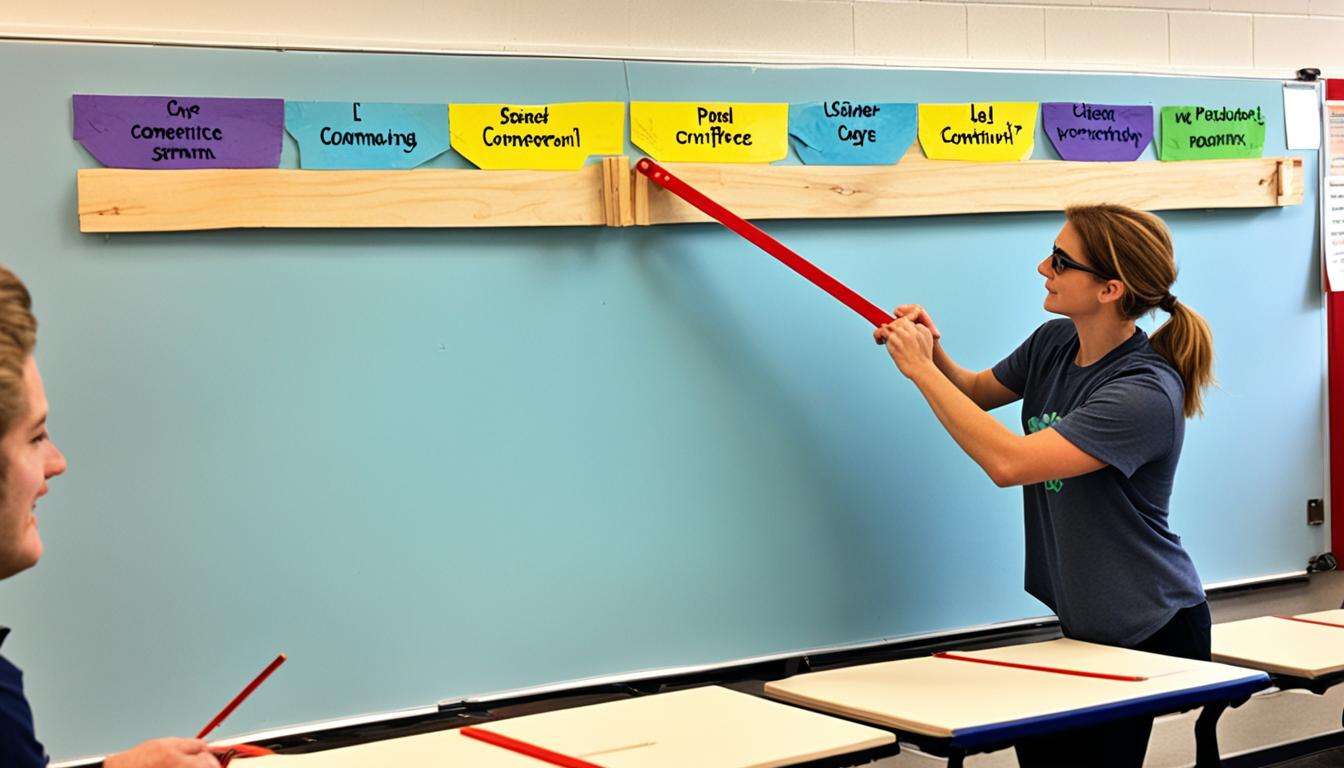Why Writing a Rationale Matters
As an educator, crafting a well-thought-out lesson plan is crucial for effective teaching. However, many overlook the importance of including a strong rationale. A rationale is the reasoning or justification for your chosen teaching methods, content, and activities. It explains the “why” behind your lesson plan, demonstrating your pedagogical expertise and ensuring your teaching approach aligns with educational goals.
Writing a rationale for your lesson plan isn’t just a formality – it’s a powerful tool that can enhance your teaching effectiveness and student outcomes. Let’s explore the essential steps to create a compelling rationale that will elevate your lesson plans and impress your colleagues or supervisors.
Step 1: Understand the Purpose of Your Rationale
Before diving into writing, it’s crucial to grasp the purpose of a lesson plan rationale. A rationale serves several key functions:
- Justifies your teaching choices
- Demonstrates your understanding of educational theory and best practices
- Aligns your lesson with curriculum standards and learning objectives
- Provides context for your lesson within the broader educational framework
- Reflects on potential challenges and how you’ll address them
By keeping these purposes in mind, you’ll be better equipped to craft a rationale that truly supports your lesson plan.
Step 2: Identify Your Lesson’s Core Elements
To write an effective rationale, you need to clearly understand the key components of your lesson plan. Take some time to reflect on:
- The main learning objectives
- The content you’ll be covering
- The teaching methods and activities you’ve chosen
- The resources and materials you’ll use
- The assessment strategies you’ll employ
Having a firm grasp of these elements will help you articulate why you’ve made specific choices in your lesson plan.
Step 3: Connect Your Lesson to Educational Theory
A strong rationale demonstrates your understanding of educational theory and how it informs your teaching practice. Consider which learning theories or pedagogical approaches align with your lesson plan. For example:
- Constructivism: If your lesson involves hands-on activities or group work
- Bloom’s Taxonomy: When designing questions or tasks that target different cognitive levels
- Multiple Intelligences Theory: If you’re incorporating diverse learning styles into your activities
By linking your lesson to established educational theories, you show that your teaching decisions are grounded in research-based practices.
Step 4: Align with Curriculum Standards and Learning Outcomes
Your rationale should clearly explain how your lesson plan aligns with relevant curriculum standards and contributes to broader learning outcomes. This step is crucial for demonstrating the value and relevance of your lesson within the larger educational context.
Consider addressing:
- Which specific curriculum standards your lesson addresses
- How your lesson builds on previous learning or prepares students for future topics
- The skills or knowledge students will gain and how they relate to long-term educational goals
By making these connections explicit, you show that your lesson is purposeful and fits seamlessly into the overall curriculum.
Step 5: Justify Your Teaching Methods and Activities
This is where you explain the “why” behind your chosen teaching strategies and activities. For each major component of your lesson, consider:
- Why is this method or activity the best choice for teaching this content?
- How does it support the learning objectives?
- What evidence or research supports the effectiveness of this approach?
For example, if you’ve chosen to use a group discussion activity, you might explain how it promotes critical thinking, encourages peer learning, and allows for diverse perspectives to be shared.
Step 6: Address Potential Challenges and Adaptations
A thoughtful rationale anticipates potential obstacles and explains how you’ll address them. This demonstrates your ability to plan proactively and adapt your teaching as needed. Consider:
- What challenges might students face with the content or activities?
- How will you support diverse learners or those with special needs?
- What alternative strategies do you have in place if your initial plan doesn’t work as expected?
By addressing these points, you show that you’ve carefully considered various scenarios and are prepared to ensure all students can succeed.
Step 7: Reflect on Assessment and Evaluation
Your rationale should explain how you’ll assess student learning and evaluate the effectiveness of your lesson. This demonstrates your commitment to measuring outcomes and continuously improving your teaching practice. Consider:
- Why you’ve chosen specific assessment methods
- How your assessments align with the learning objectives
- How you’ll use assessment data to inform future instruction
For example, you might explain why you’ve chosen a combination of formative and summative assessments, and how they’ll provide a comprehensive picture of student understanding.
Bringing It All Together: Crafting Your Rationale
Now that we’ve explored the essential steps, let’s look at how to structure your rationale effectively. While there’s no one-size-fits-all format, a well-organized rationale typically includes:
- An introduction that briefly outlines the lesson’s main focus and objectives
- A clear statement of the educational theories or approaches informing your lesson
- An explanation of how the lesson aligns with curriculum standards and broader learning goals
- Justification for your chosen teaching methods and activities
- A discussion of potential challenges and your planned adaptations
- An overview of your assessment strategies and their purpose
- A brief conclusion that summarizes the key points of your rationale
Remember to use clear, concise language and provide specific examples to support your points. Avoid jargon or overly technical terms that might confuse readers unfamiliar with educational theory.
Here’s an example of how you might begin a rationale for a lesson on fractions:
“This lesson on comparing fractions is designed to build on students’ existing understanding of fraction concepts while introducing new strategies for comparison. By using a combination of visual representations, hands-on activities, and collaborative problem-solving, the lesson aims to deepen students’ conceptual understanding and procedural fluency with fractions. The approach is grounded in constructivist learning theory, which emphasizes the importance of active engagement and building on prior knowledge.”
Elevate Your Teaching with Powerful Rationales
Writing a strong rationale for your lesson plans is a valuable skill that can significantly enhance your teaching practice. By following these seven essential steps, you’ll be able to craft compelling rationales that demonstrate your expertise, justify your teaching choices, and ultimately lead to more effective lessons.
Remember, a well-written rationale not only supports your current lesson but also serves as a reflective tool for your ongoing professional development. As you continue to write and refine your rationales, you’ll likely find that your overall lesson planning and teaching effectiveness improve as well.
So, the next time you sit down to plan a lesson, take the time to craft a thoughtful rationale. Your students, colleagues, and future self will thank you for the extra effort!
For more guidance on writing effective rationales, check out this resource on writing a rationale from the University of Melbourne. And if you’re looking to enhance your overall lesson planning skills, consider exploring strategies for creating killer blog titles – many of these techniques can be applied to making your lesson objectives more engaging and memorable for students.




